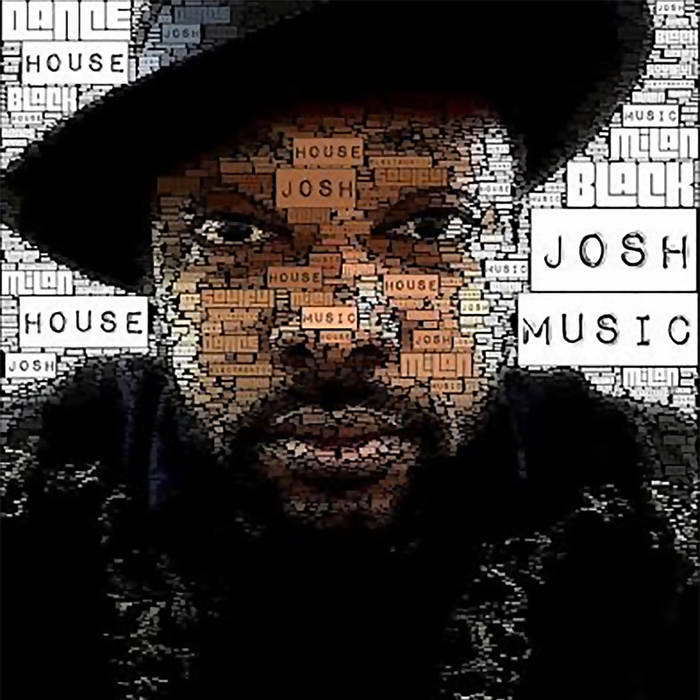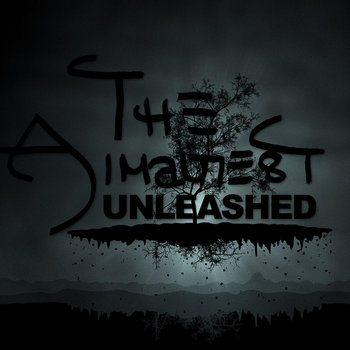
Written by Joel Hruska
Ever since services like Spotify and Pandora began taking market share from digital download services like iTunes, there’s been a running conversation in the media over whether streaming represents the future of media consumption and, if it does, what that means for both record labels and artists. Per-play royalty earnings have often been at the heart of this debate. Companies like Spotify have gone to court protesting that they already pay more than they can afford, while both record labels and high-profile acts like Taylor Swift have said they earn essentially nothing off streaming services.
Now, The Verge has gotten its hands on the 2011 contract between Sony and Spotify, and the information therein puts a number on the various payment arrangements between the two organizations. Unsurprisingly, the majority of the money is flowing to Sony in this system. First, Spotify is required to pay Sony an advance fee of between $9-$17.5 million per year. Spotify can recoup this if it earns more than the advance amount in a contract year, but these advance payments don’t go to artists and aren’t treated as royalty revenue.
Next, Sony enforces a Most Favored Nation clause that essentially says: “We get the best deal you have with anyone.” If Spotify cuts a deal to pay a premium to, say, Universal for its music, Sony automatically gets the same deal that Universal got. This type of deal is meant to ensure that providing a minimum percentage of Spotify’s tracks doesn’t result in less revenue per percent of market share.
Other clauses allow Spotify to keep 15% of its ad revenues sold by third parties “off the top” without counting them against revenue — and this 15% doesn’t appear to be accounted for in Spotify’s published documents that show how it pays artists and where its funds go. The real kicker, though, is that Spotify is required to give Sony advertising space at a sharply discounted rate, amounting to $2.5M – $3.5M per year. Not only does Spotify provide this at a discounted rate (meaning the actual amount of advertising is larger than $2.5 – $3.5M would normally buy), Sony is allowed to do anything it wants with the ad spaces, including resell them to others.
The most complex part of the equation is how artists are compensated and the formulae used to determine this. The Verge steps through the process for calculating, and it’s well worth reading, but the upshot is this: Spotify’s own financial disclosures state that upwards of 80% of the service’s revenue flows out the door to rightsholders.
This doesn’t make the shift to streaming revenue an automatic good for artists, of course. One of the impacts of the shift to digital distribution and the emphasis on live concerts is that the top 1% of artists now take home a far larger share of the revenue pie than they did 30-40 years ago. Established acts like Taylor Swift or Justin Bieber have nothing to worry about; they’ll earn money from any revenue.

t shouldn’t come as a surprise, however, that the music industry has doubled down on proven acts, and largely cut the behind-the-scenes support for smaller groups and indie labels. Even events like South by Southwest offer to pay in “exposure” or offer a $200 pittance. For artists trying to raise money and surviving on shoestrings, there needs to be a simultaneous promotor, singer, songwriter, and digital media buff, and to relentlessly pursue opportunities to raise one’s own visibility can be exhausting. There have been acts that have prospered in this brave new world, and many more that haven’t.
The old argument that music labels would somehow dry up and blow away in the face of digital distribution is clearly inaccurate. Whatever Sony and its brethren might say behind the scenes, they’ve firmly attached themselves to streaming services, siphoning off most of the revenue and diverting precious little of it back to the artists they claim to care about. We’ve previously covered how Apple has attempted to convince the music services to abandon companies like Spotify, as well as how the growth of streaming services in countries like Norway have been associated with sharp declines in piracy.
Click here to read from this article's source.












































